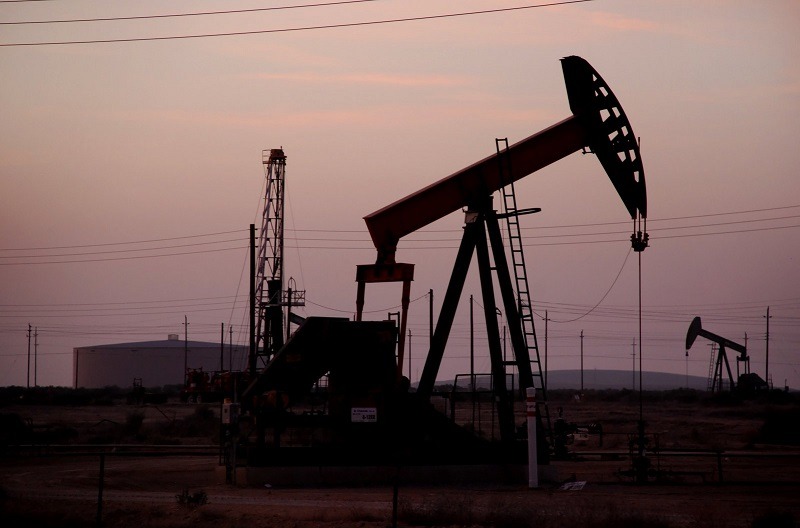A joint venture of Santos and Shell, and Bridgeport Energy will explore for new gas resources in Surat Basin, Queensland

Image: Queensland intends to boost gas supplies. Photo: courtesy of Dani Simmonds/Freeimages.com.
The Queensland Government has given approval for a joint venture between Santos and Shell, and Bridgeport Energy to start exploration in the Surat Basin in the Australian state, to unlock new gas resources.
Santos and Shell will be responsible for exploring gas on 1212km² of land near Chinchilla, while Bridgeport has right for gas exploration on 298km² of area near Tara in the Surat Basin.
Queensland Natural Resources, Mines and Energy minister Anthony Lynham said: “This approval means the Santos/Shell joint venture and Bridgeport Energy can hit the ground running on the land near Chinchilla and Tara in the proven gas producing Surat Basin.
“Before granting these ATPs, Santos/Shell joint venture and Bridgeport Energy had to fulfil all existing environmental and Native Title requirements.
“Santos/Shell joint venture has won the right to explore gas on 1212km2 of land near Chinchilla and Bridgeport Energy on 298km2 near Tara.
“Santos and Shell already are major players in Queensland’s onshore $70 billion gas industry via there established GLNG and QCLNG gas projects.”
Queensland government’s approval will help boost gas supplies
The government approval will help boost the country’s gas supply required to meet the demand.
Bridgeport Energy CEO Chris Way said: “This ATP is near our existing production hub at the Moonie field and it will allow us fast-track gas production to market.”
Santos managing director and CEO Kevin Gallagher said: “Development of new gas supply sources is the only sustainable, long-term solution to ensure adequate supplies for both the LNG and domestic markets on the east coast.”
In February 2019, the Queensland government has approved the A$10bn (£5.5bn) Surat Gas Project proposed for development by Arrow Energy in the Surat Basin.
Arrow Energy is a 50-50 joint venture between Royal Dutch Shell and PetroChina. The Surat Gas Project involves 14 petroleum leases spanning across 2,500km² and located between Dalby and Wandoan.
The onshore gas project is expected to yield an extra 5000 petajoules of gas to market over 27 years of the project. This includes 240 petajoules per annum during peak production from 2026.
